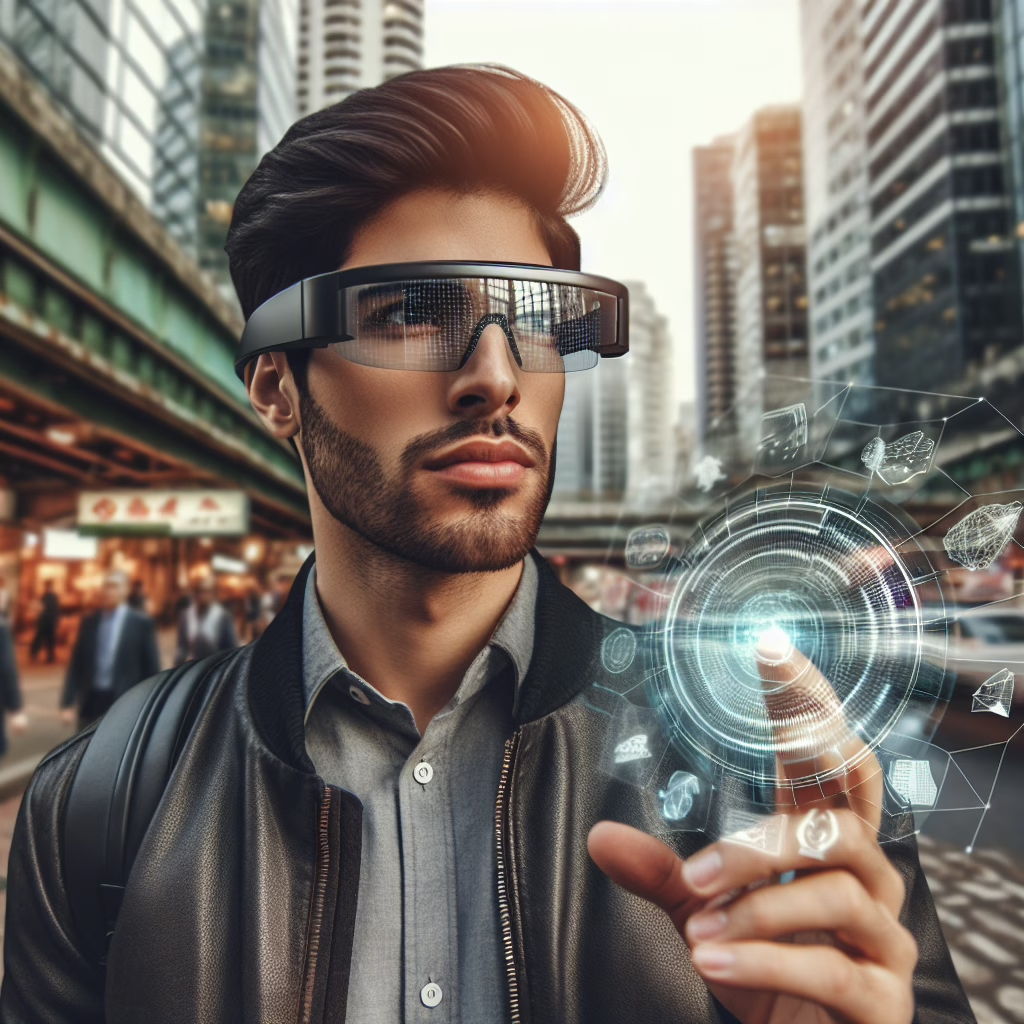Ah, Google Glass! The shiny gadget that promised to turn us all into futuristic cyborgs, yet instead made us look like lost tourists at a science fair. In a candid moment that only someone like Sergey Brin could deliver, he recently opened up about the mistakes made with Google Glass while also shining a hopeful light on the future of Android XR. Buckle up, tech enthusiasts; this ride through the landscape of augmented reality (AR) and extended reality (XR) is sure to be a delightful one!
Reflecting on the Google Glass Adventure
When Google Glass first hit the market, it was like being handed the keys to a spaceship. The world was ready to embrace augmented reality, but unfortunately, many users ended up feeling more like they were piloting a malfunctioning toaster. Sergey Brin admitted that there were quite a few missteps along the way. From privacy concerns to the infamous “Glasshole” phenomenon (yes, that’s a real term), it seems Google Glass had more than its fair share of hiccups.
In an interview, Brin described how the initial hype didn’t quite match reality. Who would have thought that wearing a pair of computer glasses would lead to social faux pas? It turns out that people aren’t fond of being filmed without their consent—shocking, right? The tech world learned a valuable lesson about user experience and public perception during this escapade.
The Bright Future of Android XR
But fear not! As Brin looks back at these mistakes, he simultaneously gazes forward with optimism. He believes that the future of Android XR is brighter than ever. Why? Because technology has a knack for evolving faster than a cat video goes viral! New hardware, smarter software, and lessons learned from past blunders all point toward a promising horizon.
The integration of AR and VR into our daily lives doesn’t need to be as awkward as wearing those early Google Glasses. Instead, imagine sleek designs and user-friendly interfaces that enhance our experiences rather than distract from them. For instance, think about how seamless it could be to receive directions right in front of your eyes while cycling through city streets. No more fumbling with your phone like it’s an ancient relic!
AR and XR: Not Just for Gamers Anymore
Brin emphasizes that Android XR isn’t just for gamers or tech aficionados anymore. Industries from healthcare to education are gearing up to utilize AR technologies to improve efficiency and engagement. Imagine medical students practicing surgeries through immersive simulations or history classes where students can interact with holograms of ancient civilizations! The possibilities are endless and infinitely more engaging than staring at a textbook.
- Healthcare: Virtual reality systems simulate surgery scenarios, enhancing practical training.
- Education: Augmented reality allows students to explore complex subjects through interactive experiences.
- Entertainment: Live concerts can transform into immersive spectacles where fans feel part of the show!
The demand for augmented experiences is not limited to practical applications either; entertainment is set to get a serious upgrade. Think about concerts where you can see your favorite artist perform live in your living room—or even better—become part of the show with interactive elements! It’s not just watching; it’s participating in an experience!
A Lesson in Innovation: Embrace Mistakes
If there’s one takeaway from Sergey Brin’s reflections on Google Glass, it’s that every great innovation comes with its share of mistakes. Embracing these missteps is crucial for growth in any field. Each stumble teaches valuable lessons about user needs and market demands—like realizing that people generally prefer not to be filmed without their consent!
This spirit of innovation reminds us all that failing gracefully is part of the journey toward success. After all, if we never tried anything new out of fear of failure, we’d still be living in caves wondering what Wi-Fi is.
Looking Ahead: What Can We Expect?
The evolution of Android XR is not just about glasses or headsets; it’s about integrating technology into our lives in ways we never thought possible. With each iteration, we’re bound to see enhanced connectivity between devices and applications designed specifically for user comfort and engagement.
This next phase promises immersive experiences that will redefine how we interact with both our digital and physical worlds. So keep an eye out—who knows what exciting developments might be just around the corner?
In conclusion, while Sergey Brin may have faced challenges with Google Glass, his insights pave the way for an optimistic future in augmented reality. We’re excited to see where Android XR takes us next!
Please share your thoughts below! Have you ever tried AR or VR? What do you think about the future of these technologies?
A special thank you to TechRadar for inspiring this article!
For additional insights on technology and its evolution, check out our articles on Google’s advantage in AI and learn how VR is increasingly utilized in the classroom in our piece on Microsoft and Google collaborations in document management.

